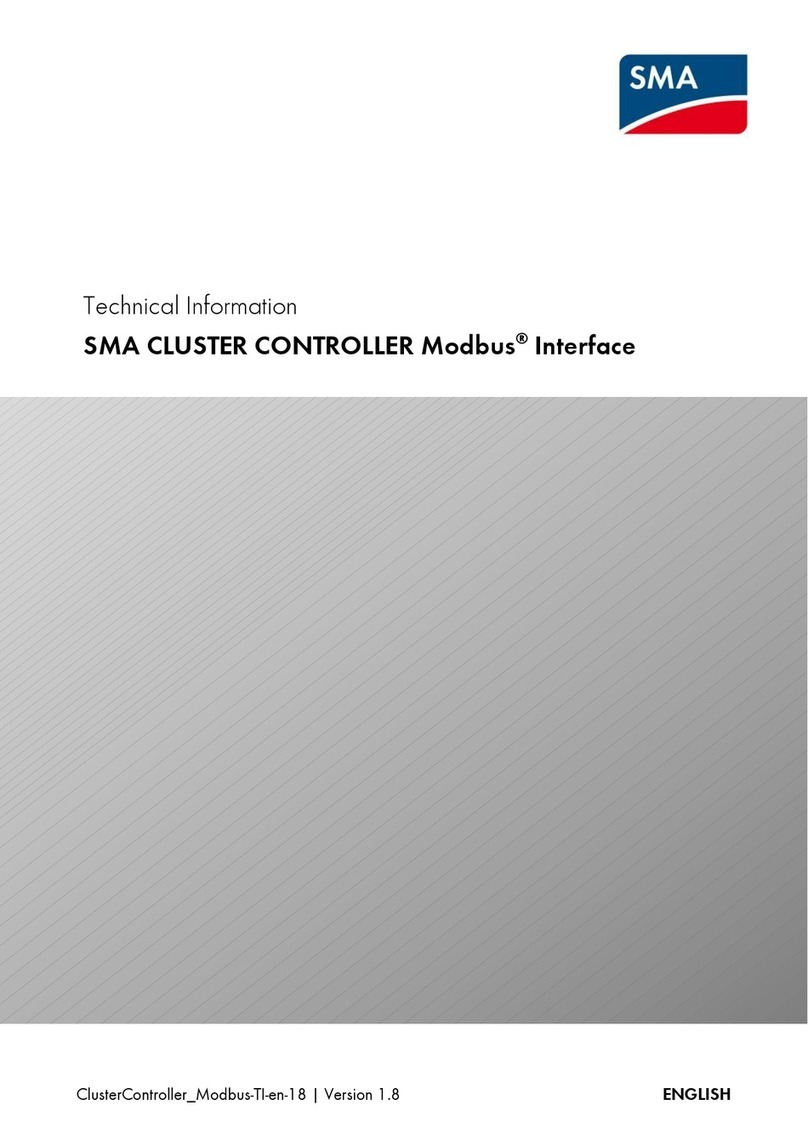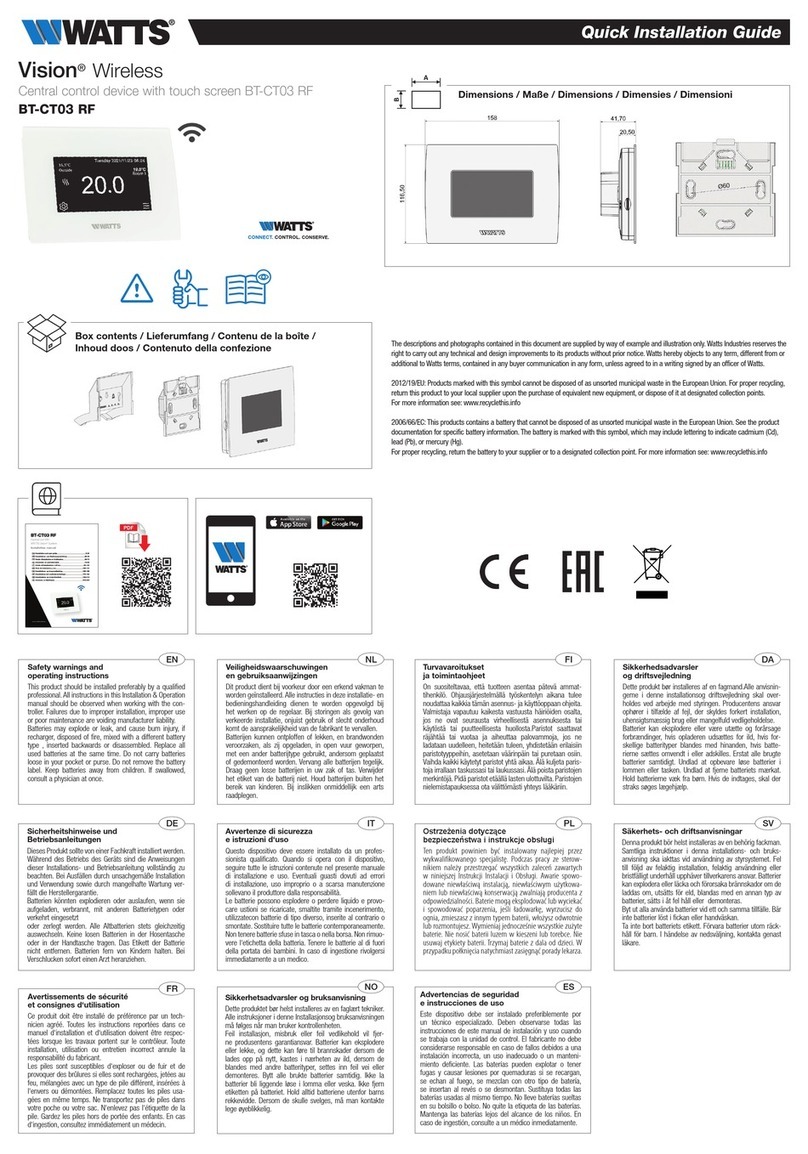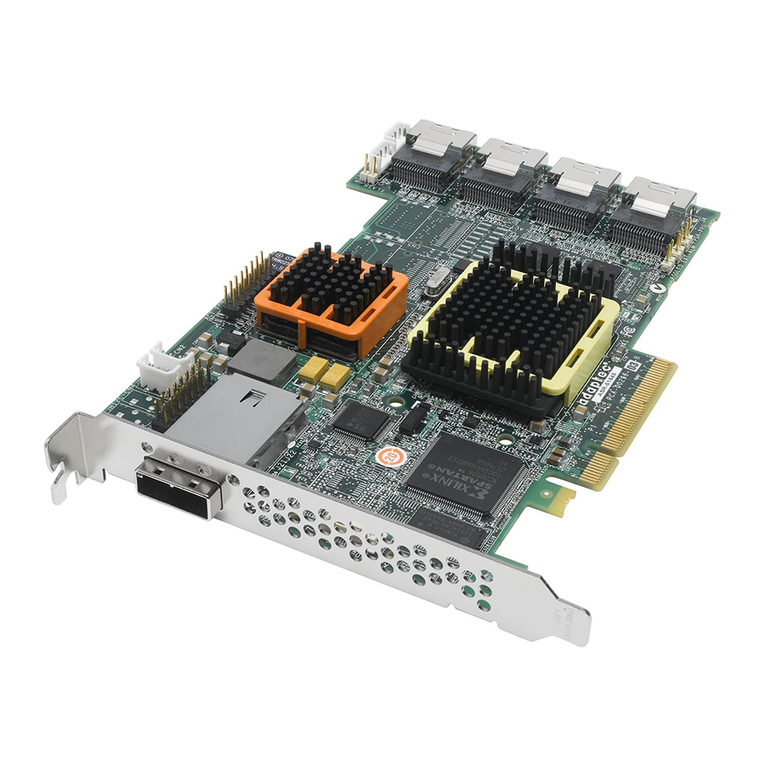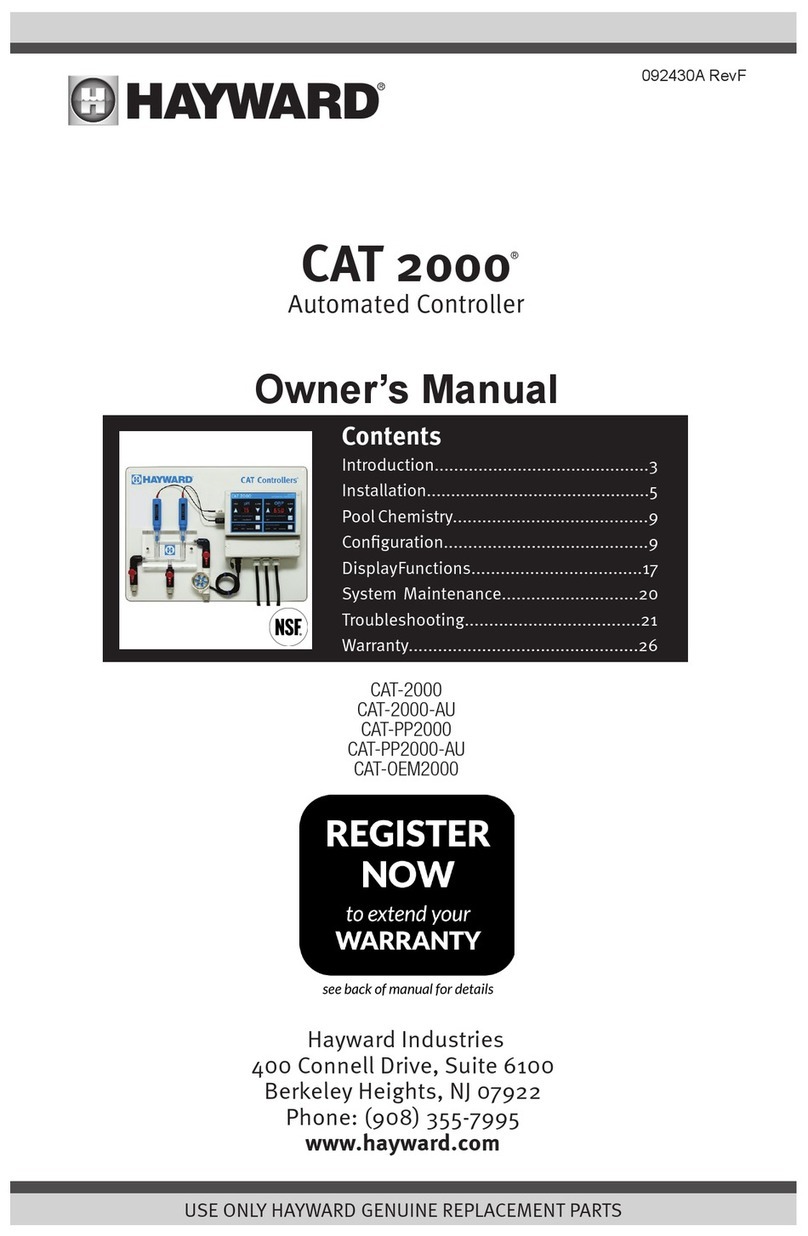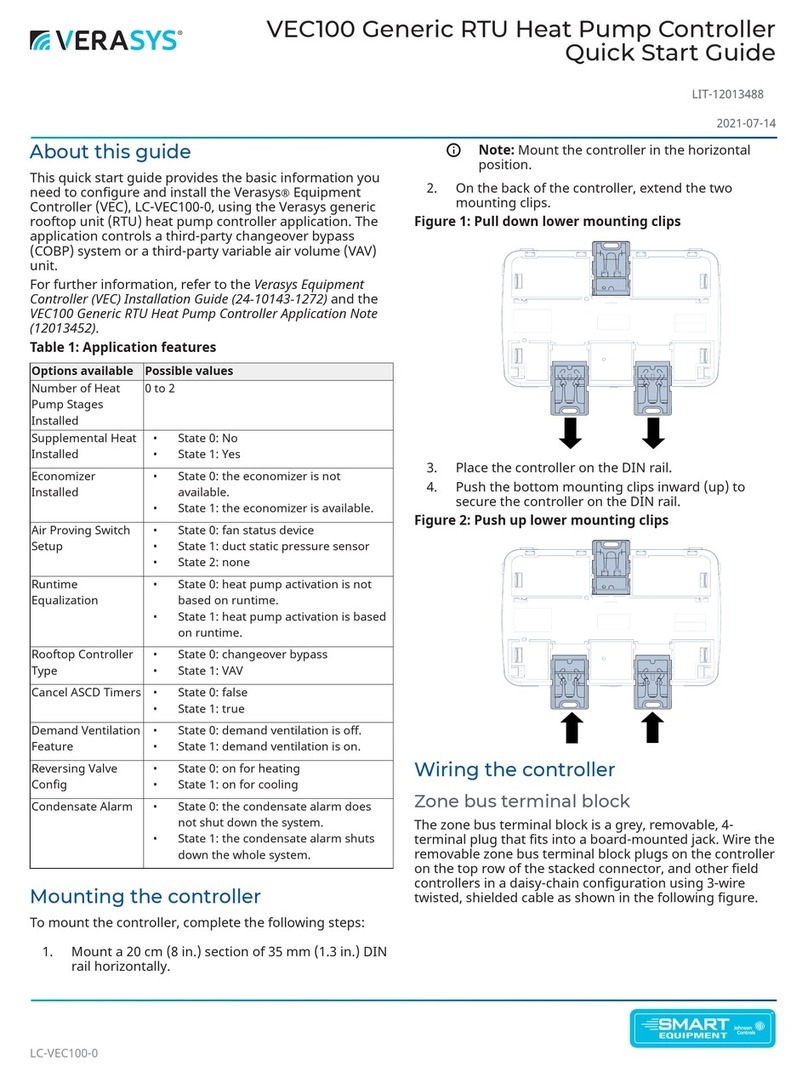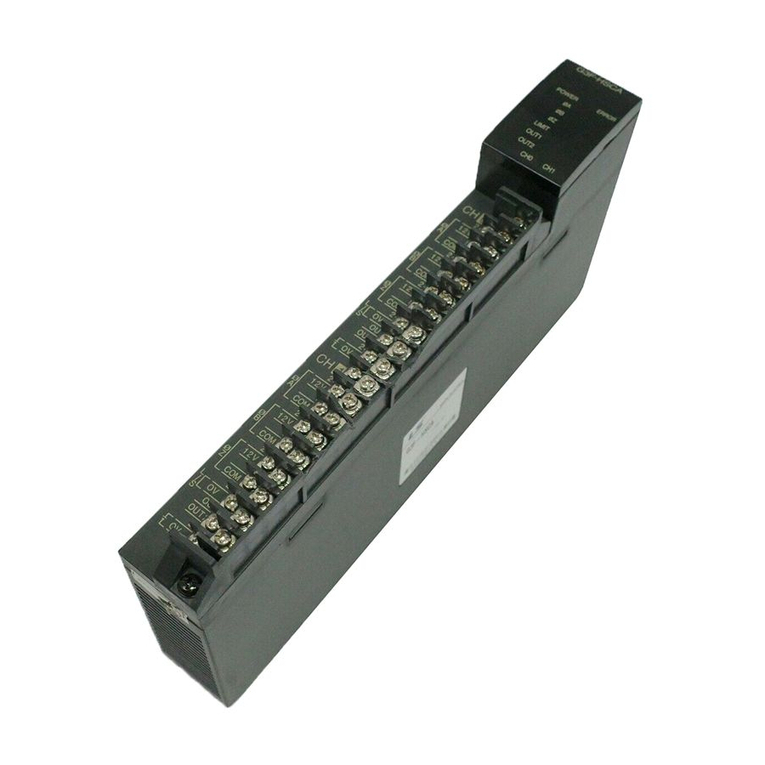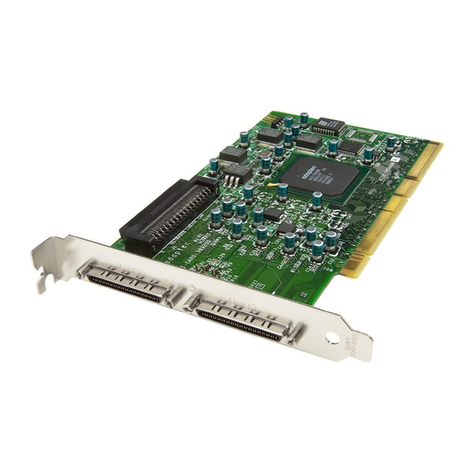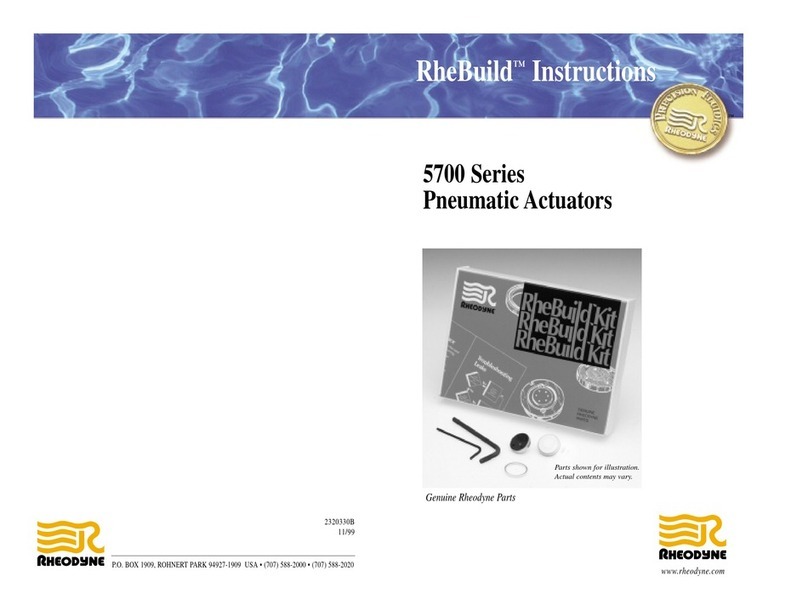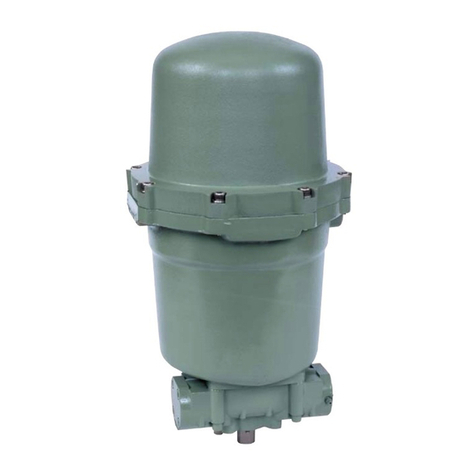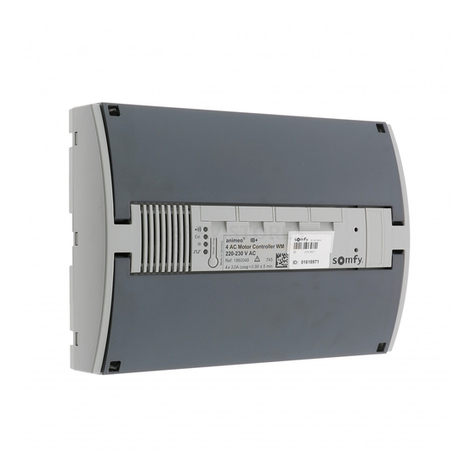Gicam WIN6 User manual

Manuale
Manual
Handbuch

Manuale d’istallazione e d’uso
Installation and user manual
Installations- und Bedienungsanleitung
LIMITATORE di carico
load LIMITER
LASTBEGRENZER

Sommario / Table of contents / Inhaltsverzeichnis
Sommario / Table of contents / Inhaltsverzeichnis ....................................................................1
Installation manual .......................................................................................................................3
Technical specification................................................................................................................................... 3
Symbology ..................................................................................................................................................... 4
Warnings........................................................................................................................................................ 4
Identification plate of the instrument .............................................................................................................. 4
Power supply of the instrument...................................................................................................................... 5
Connection of the load cells........................................................................................................................... 5
Connection logical input................................................................................................................................. 6
Relay output connection................................................................................................................................. 6
Serial RS485 connection................................................................................................................................ 6
Serial RS232 connection................................................................................................................................ 7
Connection of analog output (optional).......................................................................................................... 7
Characteristics............................................................................................................................................ 7
Connection summary..................................................................................................................................... 8
Termination resistance RS485 and RS422.................................................................................................... 8
User manual................................................................................................................................11
Main characteristics of use .......................................................................................................................... 11
Display signals ............................................................................................................................................. 11
Signal weight not detectable................................................................................................................ 11
Signal of underweight ........................................................................................................................... 11
Overload signal..................................................................................................................................... 11
LED indicators (red)..................................................................................................................................... 11
Other LED indicators (green)....................................................................................................................... 11
Use of the keyboard..................................................................................................................................... 12
Data setting .............................................................................................................................................. 12
Restore zero (semi-automatic zero)......................................................................................................... 12
Self weighing tare (autotare).................................................................................................................... 12
Input and output........................................................................................................................................ 13
Input...................................................................................................................................................... 13
Output ................................................................................................................................................... 13
Commissioning the instrument................................................................................................................. 13
Calibration data menu.................................................................................................................................. 14
Weighing system capacity.................................................................................................................... 14
Sensibility.............................................................................................................................................. 14
Divisions value...................................................................................................................................... 14
Weight calibration and linearization ............................................................................................................. 15
Zero calibration..................................................................................................................................... 15
Full scale calibration ............................................................................................................................. 15
Weighing parameters setting menu............................................................................................................. 16
Weight filter........................................................................................................................................... 16
Weight stability...................................................................................................................................... 16
Weighing parameters setting menu............................................................................................................. 17
Autozero at power up............................................................................................................................ 17
Tracking of zero.................................................................................................................................... 17
Serial menu.................................................................................................................................................. 17
Select baud rate.................................................................................................................................... 17
Select data format................................................................................................................................. 17
Analog output set-up and test menu (optional)............................................................................................ 18
Full scale analog output........................................................................................................................ 19
Pagina – page – Seite 1

Analog output operation mode.............................................................................................................. 19
Test analogue output............................................................................................................................ 19
Range analogue output ........................................................................................................................ 19
Offset adjustment (calibration).............................................................................................................. 19
Limit values............................................................................................................................................... 19
Output configuration..................................................................................................................................... 20
Set point programming ......................................................................................................................... 20
Excitation delay..................................................................................................................................... 20
Programming polarity of intervention of the logic output 3 ................................................................... 20
Serial protocol.............................................................................................................................................. 21
Continuous transmission protocol............................................................................................................ 21
Troubleshooting Guide................................................................................................................................. 22
Pagina – page – Seite 2

Installation manual
Technical specification
Board power supply 12 – 24 V ac ± 15 %
Power consumption 4 W
Insulation Class III
Storage temperature - 20 °C / + 60 °C (-4 °F / 140 °F)
Operating temperature - 10 °C / + 50 °C (14 °F / 122 °F)
Humidity Max. 85% non-condensing
Weight display Numeric 6-digit, 7-segment LED (h 14mm)
LED 5 3 mm indicator LEDs of which 3 indicate the relay outputs status
Keyboard 4 mechanical keys
Overall dimensions 115 x 93 x 65 mm (4.53 x 3.66 x 2.56 in)
Installation Support DIN or OMEGA rail
Support material Polyamide 6.6 UL 94V-0, self-extinguishing
Wire connections Removable screw terminals
Pitch screws terminal blocks 5,08 mm
Input sensivity load cella (max. 4) ≥ 0,02 µV
Linearity < 0,01 % of full scale
Temperature deviation <0,001 % of full scale/ °C
Internal resolution 24 bit
Measuring range From -3.9 mV/V to +3.9 mV/V
Output rate 10 Hz
Digital filter 0.1 Hz – 10 Hz, selectable
Weight decimals From 0 to 3 decimals
Calibration Zero and full scale Executable through buttons
Logic alarm outputs 2 relay out (24 V DC/AC, one NO contact),
1 relay out (24 V DC/AC, one changeover contact), relay contact capacity 0.5 A
Logical inputs 1 optically isolated dry contact
Analogue output (option) tension 0 – 10 V / 0 – 5 V
Analogue output (option) current 0 – 20 A / 4 – 20 mA
Impedance tension ≥ 10 kΩ
Impedance current ≤ 300 Ω
Resolution 16 bit
Calibration Digital through keyboard
Linearity < 0,03 % of full scale
Serial ports RS 232 / RS485 (alternatively)
Baud rate Up to 115 kb/s (default 9600 b/s)
Maximum cable length 15 m (RS323), 1000 m (RS485)
Program code memory 32 kbyte
Data memory 2 kbyte
Compliance to EMC norms EN61000-6-2, EN61000-6-3
Compliance electric safety EN61010-1
Pagina – page – Seite 3

Symbology
Attention! This operation has to be carried out by specialized personnel.
Pay particular attention to the following indications!
Further information
Warnings
The procedures listed below have to be executed by specialized operators!
All connections have to be executed with the instrument shut off!
Identification plate of the instrument
It is important to communicate this data in case of request for information or indications concern-
ing the instrument together with the program number and the version which are shown on the
cover of the manual and are displayed when the instrument is switched on.
!
i
!
Pagina – page – Seite 4

Power supply of the instrument
The instrument is powered via terminals 14 and 15.
The power cable must be routed separately from other power cables with different voltages,
load cell cables and logic inputs / outputs.
Supply voltage: 12 – 24 V ca ± 15%, 4 VA
Terminal board connection: 14 – Power supply +
15 – Zero
Connection of the load cells
The cell (or cells) cable(s) must not be channeled with other cables (for example outputs
connected to contactors or power cables), but must follow its own path.
Any cable extension connections must be carefully shielded, respecting the color code and
using the cable of the type supplied by the manufacturer. The extension connections must
be made by welding, or through support terminal blocks or through the junction box supplied
separately.
The cell cable must have a number of conductors not higher than those used (4 or 6). In the
case of a multi-conductor cable, connect the remaining wires to the cell power supply (termi-
nal 2)
Up to a maximum of 4 350 ohm cells in parallel can be connected to the instrument. The supply voltage of the
cells is 5 V direct current and is protected against a temporary short circuit. The measuring range of the instru-
ment involves the use of load cells with sensitivity from 1 mV / V to 3 mV / V. The cable of the load cells must
be connected to terminals 1 ... 6 of the removable terminal board. In the case of a 4-conductor cell cable,
connect the cell power terminals to the respective polarity of the reference terminals (1-4 2-3).
Connect the shield of the cell cable to terminal 1!
i
!
Pagina – page – Seite 5

Connection logical input
The logic input is isolated from the instrument through an optocoupler.
The connection cable of the logic input must not be channeled with power or power cables
Use a connection cable as short as possible (no longer than 5 meters). If a longer length is
required, use a relay relay.
In the case of DC power supply (e.g.24 V dc) and a long or disturbed input connection cable,
we recommend connecting pin 13 (input) and 14 (+ power supply) instead of 12 and 13
Relay output connection
The three outputs are relayed with three commons. The capacity of each contact is 24 V DC / VAC 0.5 A.
Serial RS485 connection
The cable must not be channeled with other cables (e.g. outputs connected to remote control
switches or power supply cables), it must possibly follow its own path.
!
!
!
Pagina – page – Seite 6

Serial RS232 connection
To make the serial connection, use a shielded cable, taking care to connect the screen to
ground at only one of the two ends. If the cable has more conductors than those used, con-
nect the free wires to the screen.
The serial connection cable must have a maximum length of 15 meters (EIA RS-232-C stand-
ards), beyond which it is necessary to adopt the RS422 interface with which the instrument
is equipped.
The cable must not be channeled with other cables (e. g. outputs connected to remote control
switches or power cables), but it must possibly follow its own path.
The PC used for the connection must comply with the EN 60950 standard.
The connection diagram with a 9-pole PC connector is shown below:
Connection of analog output (optional)
The instrument, when it is in this hardware configuration, provides an analogue output in current or in voltage.
Characteristics
Analogue voltage output: range from 0 to 10 volts or from 0 to 5 Volts, minimum load 10 kΩ
Analogue current output: range from 0 to 20mA or from 4 to 20mA, maximum load 300Ω
The settings for the type of analog output supplied (voltage or current) are determined at the factory and must
be specified at the time of purchase.
To make the connection use a shielded cable, taking care to connect the screen to ground
at only one of the two ends.
Analogue transmission is particularly sensitive to electromagnetic disturbances; it is there-
fore suggested that the cables are as short as possible and that they follow their own path.
!
!
Pagina – page – Seite 7

Connection summary
Number 6-point terminal block Number 18-point terminal block
1 Power supply cells - 7 RS232 TX
2 Power supply cells + 8 RS232 RX
3 Reference + 9 RS232 ground
4 Reference - 10 RS485 TX/RX +
5 Signal - 11 RS485 TX/RX -
6 Signal + 12 Input dry contact
13 Input dry contact
14 + Power supply
15 - Power supply
16 + analog output V or mA
17 ground analog output V or mA
18 Common relay 1
19 NO relay 1
20 Common relay 2
21 NO relay 2
22 Common relay 3
23 NO relay 3
24 NC relay 3
The cell cable shield must be connected to the - cell power supply (terminal 1);
The shield of the serial cables or analogue output must be connected to ground at one of the
two ends
Termination resistance RS485 and RS422
The transmission of the RS485 / RS422 link bus is of the differential type, i. e. the signal is the result of the
difference between the voltages of the two wires that make up the bus.
The RS485 / RS422 transmitters provide (under load) an output level of ± 2-3V between outputs A and B; the
receivers recognize levels up to ± 200 mV as a valid signal.
This technique allows an excellent noise immunity even on very long cable runs. To make the line more im-
mune to noise, the first and last device on the network should have a termination resistance connected in
parallel with the line.
Typically, it is necessary to use termination resistors whose value ranges from 120 to 560 ohms. When the
terminating resistors are present, there must also be the polarization resistors of the two lines, which are nor-
mally present in the master (PLC) or connectors, so that at rest the difference in potential between the two
lines is greater than 200 mV, as required by the RS485 specification.
!
Pagina – page – Seite 8

In the case of connection to two RS422 pairs and two nodes,
the resistors are placed near the farthest receiver and the
value can go down to 120 Ohm (figure on the side).
n the case of connection to two
RS422 but multi-node pairs,
the same 120 Ohm value is
indicated in the figure opposite,
but this applies to very long
lines (hundreds of meters). In
the case of shorter lines the
resistances must be increased
because the total impedance with the 120 Ohms would be a little too low, 60 Ohm without counting the load
of the receivers, so it would be better to use resistors of about ~ 250 Ohm.
The same goes for the
RS485 connection. Use 250
Ohm resistance for non-
excessively long lines.
Pagina – page – Seite 9

Pagina – page – Seite 10

User manual
Main characteristics of use
The main operating characteristics are:
Weight control detected by alarm and pre-alarm thresholds
Alarm due to cell failure or power failure
Display signals
The weight of the scale is normally displayed on the 6-digit display. According to the various programming
procedures, the display is used for programming the parameters to be inserted in the memory, ie messages
indicating the type of operation being carried out and therefore helping the operator in the management and
programming of the instrument.
When the instrument is switched on, the display is tested, and then a code
identifying the software and its version appears. It is important to communi-
cate these codes in case of request for assistance.
When a programming procedure is not in progress, the display shows the measured weight expressed in kg.
Under certain conditions, the following messages are reported:
Signal weight not detectable
Weight signal not detectable.
Signal of underweight
Indication of weight outside the negative reading range.
Overload signal
When the gross weight in the scale exceeds the maximum load capacity of the weigh-
ing system by more than 9 divisions, the display shows this message (see page 36).
LED indicators (red)
Near the display, there are 2 LEDs that indicate respectively if there is a tare (the LED on the left is lit) and if
the weight is stable (the LED on the right is on).
Other LED indicators (green)
Near the relays there are three indicator LEDs that are on when the relative relay is energized.
P01r05
no Con
______
______
Pagina – page – Seite 11

Use of the keyboard
The instrument is programmed and controlled through the keypad consisting of 4 keys, all with multiple func-
tions. The instrument, according to the operation in progress, automatically stabilizes the selection of one of
the key functions.
Key
Function
S4 + S1
(Long press) Access to the set points programming menu
S4 + S2
(Long press) Access to the setup menu
S3
(Long press) Restores zero balance
S4
When switching on insert the password for memory reset
Data setting
Restore zero (semi-automatic zero)
This operation is performed to correct small shifts of the zero of the instrument.
The gross weight reset command is not executed under the following conditions:
Weight instable (the weight does not stabilize within 3 seconds of the reset command)
When the gross weight, compared to the original zero calibration, is greater (positive or negative) than
200 divisions
The operation to reset the gross weight is maintained when the instrument is switched off.
Self weighing tare (autotare)
The auto tare command is not executed under the following conditions:
Unstable weight (the weight does not stabilize within 3 seconds of the auto tare command).
Gross weight negative
Pagina – page – Seite 12

Input and output
Input
1 Reset displayed value (auto tare)
Output
1 Set-point output 1 positive intervention
2 Set-point output 2 positive intervention
3 Set-point output 2 positive or negative intervention
The relays are normally energized.
When a set point is exceeded, the relative relay de-energizes.
When a set point has a value of zero, its output is always de-energized.
All relays de-energize (alarm condition), when the following conditions occur: cell cable breakages or weight
outside the nominal range (NO CON) or exceeding the maximum weight (upper dashes).
Commissioning the instrument
To put the instrument into operation, after installation and wiring of the connections, the following operations
must be carried out:
Set the weight calibration data
Perform the weight calibration
Set the parameters and set-points according to your needs
Pagina – page – Seite 13

Calibration data menu
Weighing system capacity
Set the value corresponding to the sum of the nominal capacities of the load cells,
in kg. This data constitutes the full scale value of the weighing system. Values
between 1 and 60,000 kg are accepted. After a change, the set points are reset.
Password protected setting.
Sensibility
Set the sensitivity of the load cells to perform a theoretical weight calibration.
After a change, the set points are reset. Password pro-setting.
Divisions value
The division value is expressed in kg, selectable between 0.001 kg and 50 kg.
The ratio between the maximum system capacity and the division value
constitutes the resolution of the system (number of divisions). The number of
divisions must be at least 100.
If the instrument is switched off without leaving the set-up menu, the programmed settings will
not be memorized.
To access the calibration settings use the 2792 password.
!
CAPAC
SEnS.t
d.U.S
Pagina – page – Seite 14

Weight calibration and linearization
During the calibration phase, the display shows the weight intermittently with the word "CAL".
During the linearization phase the display shows the weight intermittently with the wording "LIN n" where in-
stead of n there is the number of the point to be set (from 1 to 9).
Zero calibration
Carry out the operation with the scales unloaded but complete with the tare weight, with stabilized weight. The
displayed weight must be reset. This operation can be repeated several times.
Full scale calibration
Before carrying out the operation, load the sample weight on the scale and wait for it to stabilize; the display
shows the measured value to be calibrated. If the set value is higher than the resolution offered by the instru-
ment, it is not accepted and the display shows an error message for a few seconds. It is always possible to
repeat the calibration operations.
If the instrument is switched off without leaving the set-up menu, the programmed settings will
not be memorized.
!
Pagina – page – Seite 15

Weighing parameters setting menu
Weight filter
This parameter adjusts the action of the digital filter applied to the detected weight.
If a low value is programmed the filter action is lower, by programming a high value
the weight is more filtered (minimum value 0, standard value 5, max value 9).
In the first case, a faster response of weight variations is obtained.
In the second one, we get a slowing of the weight response on the display, which
allows to absorb oscillations or vibrations of the weighing system.
Weight stability
The weight is considered stable when it is kept within a certain range for a certain
period of time.
Value Variation
0 Stability determined very quickly.
1 Stability determined quickly.
2 Stability determined with average parameters.
3 Stability determined accurately.
4 Stability determined very accurately.
FIltEr
StAbiL
Pagina – page – Seite 16

Weighing parameters setting menu
Autozero at power up
This parameter is the maximum weight zeroed at power up. The auto-zero func-
tion consists in carrying out an automatic zero calibration when the instrument is
switched on, only if the detected weight stabilizes within the set threshold. To
disable the function, set the value 0.
Tracking of zero
When the scales are discharged, the instrument automatically corrects small and
slow weight variations (positive or negative) compared to the zero scale.
Value Variation
0 Tracking function of zero excluded.
1 Minimum zero tracking intervention
2 Medium zero tracking intervention. (standard)
3 High zero tracking intervention.
4 Maximum zero tracking intervention.
Serial menu
In this menu it is possible to select the baud rate and the format of the continuous serial transmission.
Select baud rate
Select the baud rate to be used for continuous transmission on COM1 in RS232
or RS485 (selections: 2400, 9600, 19200, 38400, 57600, 115200)
Select data format
Select the data format to be used for continuous transmission on COM1 in RS232
or RS485 (selections: N-8-1, O-8-1, O-7-1, E-8-1, E-7-1, N -8-2)
0 trAC
Auto 0
bAud
ForMAt
Pagina – page – Seite 17

Analog output set-up and test menu (optional)
Pagina – page – Seite 18
Table of contents
Popular Controllers manuals by other brands
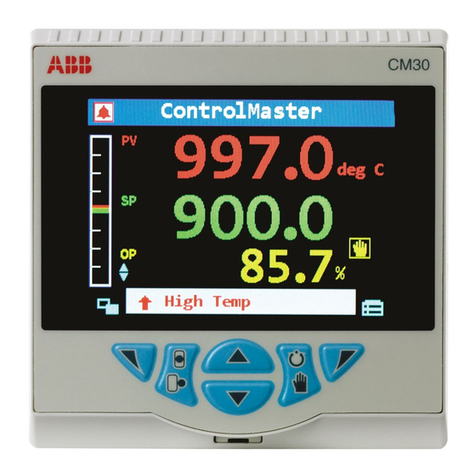
ABB
ABB ControlMaster CM30 user manual
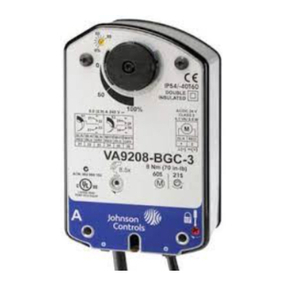
Johnson Controls
Johnson Controls VA9208-Bxx-x Series installation instructions
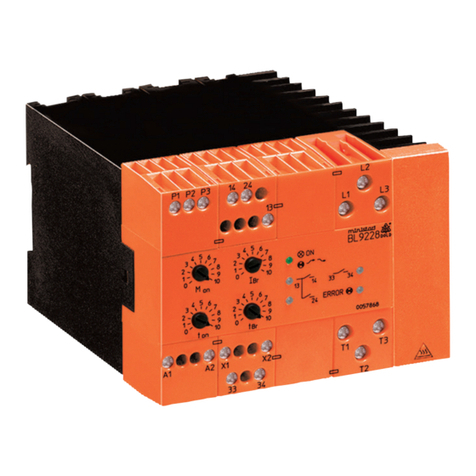
DOLD
DOLD MINISTART BL 9228 Translation of the original instructions

Bosch
Bosch KJR-120C1/BTF-E Installation & owner's manual
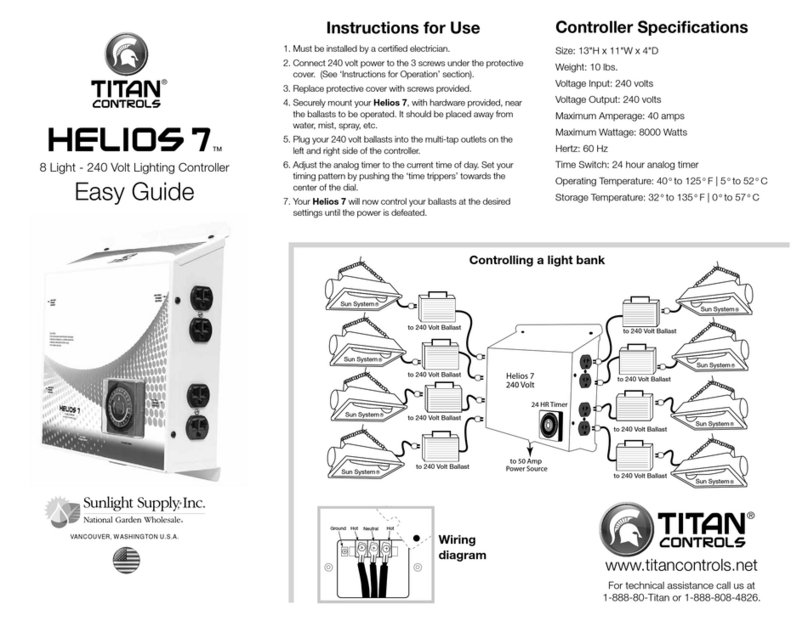
Sunlight Supply
Sunlight Supply Titan Controls Helios 7 Easy guide
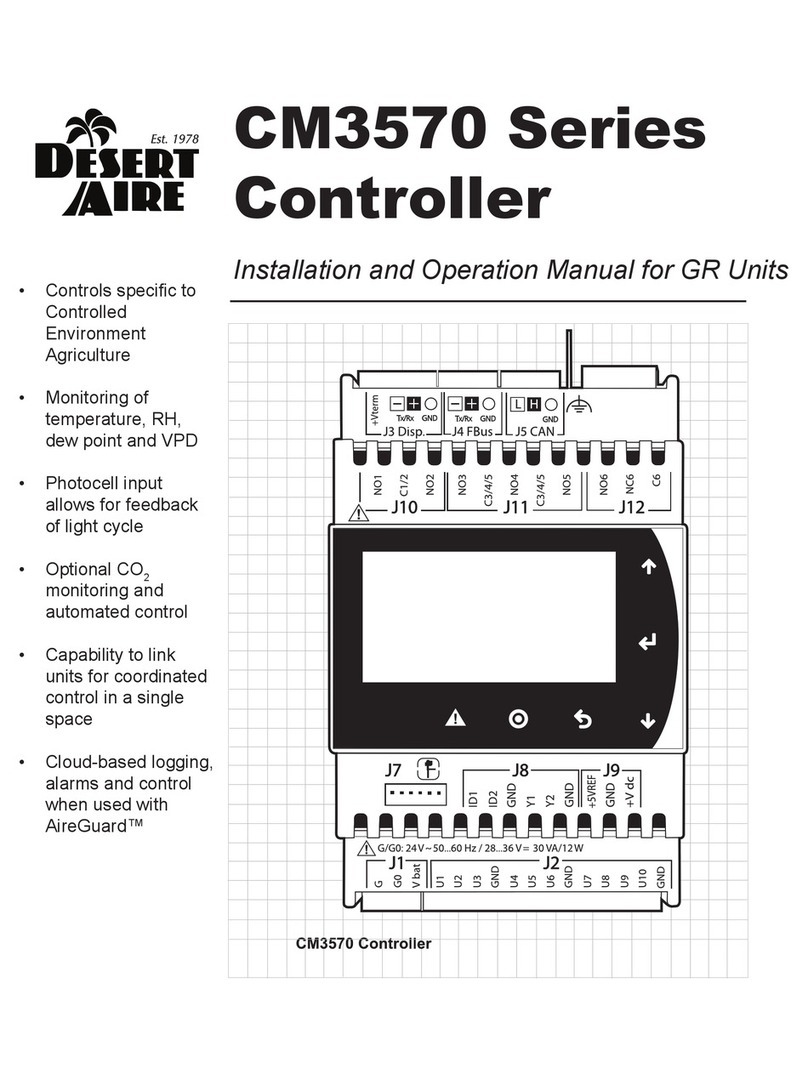
Desert Aire
Desert Aire CM3570 Series Installation and operation manual
